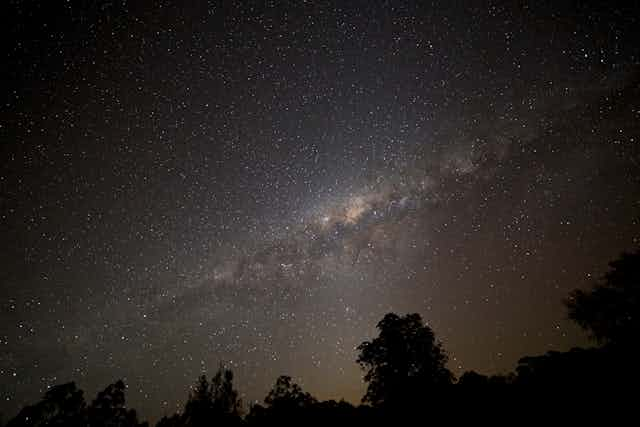The next time you’re driving down a country road in outback Australia, consider there’s a good chance that very route was originally mapped out by Aboriginal people perhaps thousands of years before Europeans came to Australia.
And like today, they turned to the skies to aid their navigation. Except instead of using a GPS network, they used the stars above to help guide their travels.
Aboriginal people have rich astronomical traditions, but we know relatively little about their navigational abilities.
We do know that there was a very well established and extensive network of trade routes in operation before 1788. These were used by Aboriginal people for trading in goods and stories, and the trade routes covered vast distances across the Australian continent.
Star maps
I was researching the astronomical knowledge of the Euahlayi and Kamilaroi Aboriginal peoples of northwest New South Wales in 2013 when I became aware of “star maps” as a means of teaching navigation outside of one’s own local country.
My teacher of this knowledge was Ghillar Michael Anderson, a Euahlayi Culture Man from Goodooga, near the Queensland border. This is where the western plains and the star-filled night sky meet in a seamless and profound display.
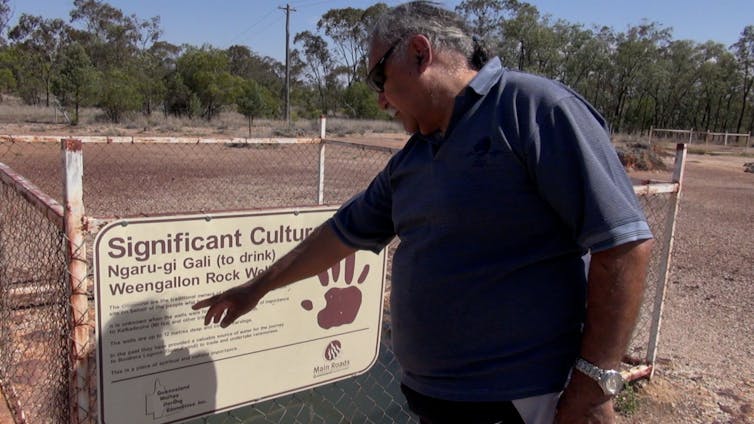
One night, sitting under those stars in Goodooga, Michael pointed out a pattern of stars to the southeast, and said that they were used to teach Euahlayi travellers how to navigate outside their own country during the summer travel season.
As an astronomer, I immediately realised that those stars were not in the direction of travel that Michael was describing. And anyway, they wouldn’t be visible in the summer, let alone during the day when people would have been travelling.
Michael said that they weren’t used as a map as such, but were used as a memory aid. And in the Aboriginal manner of teaching, he asked me to research this and come back to see if “I had gotten it”.
I did some research, and looked at a route from Goodooga to the Bunya Mountains northwest of Brisbane, where an Aboriginal Bunya nut festival was held every three years until disrupted by European invasion.
It turned out the pattern of stars showed the “waypoints” on the route. These waypoints were usually waterholes or turning places on the landscape. These waypoints were used in a very similar way to navigating with a GPS, where waypoints are also used as stopping or turning points.
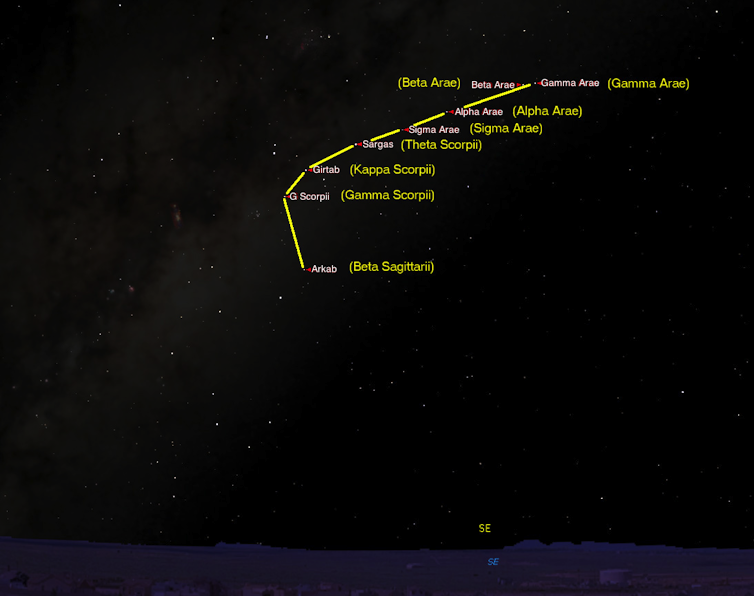
Stars to songlines
Further discussion revealed the reasons and methods of this technique. In the winter camp, when the summer travel was being planned in August or September, a person who had travelled the intended route was tasked with teaching others, who had not made this journey, how to navigate to the intended destination.
The pattern of stars (the “star map”) was used as a memory aid in teaching the route and the waypoints to the destination. After more research I asked Michael if the method of teaching and memorising was by song, as I was aware that songs are known to be an effective way of memorising a sequence in the oral transmission of knowledge.
Michael said, “you got it!”, and I then understood that the very process of creating, then teaching, such a route resulted in what is known as a songline. A songline is a story that travels over the landscape, which is then imprinted with the song (Aboriginal people will say that the landscape imprints the song).
I then learned that there were many routes/songlines from Goodooga to destinations as far as 700km away, which might end up in a ceremonial place, or possibly a trade “fair”.
One such route to Quilpie, in Queensland, led to a ceremonial place where Arrernte people from north of Alice Springs met the Euahlayi for joint ceremonies.
Their route of travel was more than 1,500km, crossing the Simpson Desert in summer, and I was told that they would have their own star map/songline for learning that route. The implication of this is that the use of star maps for teaching travel may have been common across Australia.
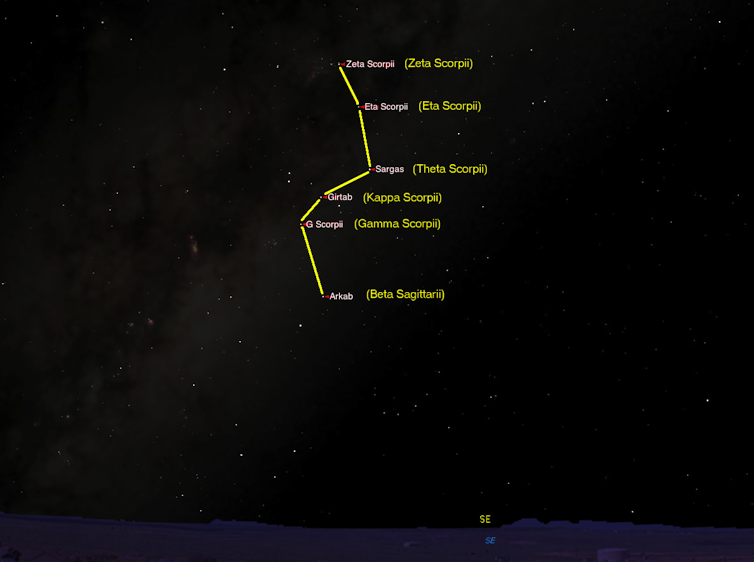
Parallels
Another surprising result of this knowledge came about when I was looking at the star map routes from Goodooga to the Bunya Mountains and Carnarvon Gorge in Queensland. When the star map routes were overlaid over the modern road map, there was a significant overlap with major roads in use today.
After some reflection, the reason for this became clear. The first explorers in this region, such as Thomas Mitchell, who explored here in 1845-1846, used Aboriginal people as guides and interpreters, who were likely given directions by local Aborigines.
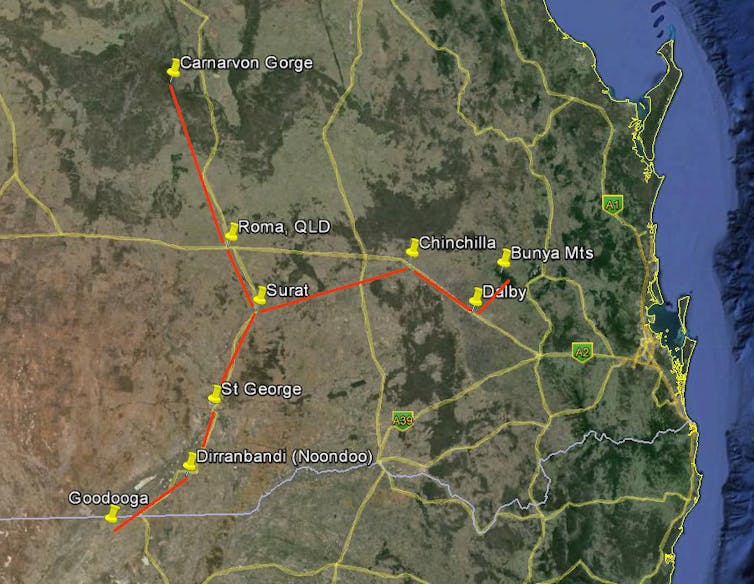
These directions would no doubt reflect the easiest routes to traverse, and these were probably routes already established as songlines. Drovers and settlers coming into the region would have used the same routes, and eventually these became tracks and finally highways.
In a sense, the Aboriginal people of Australia had a big part in the layout of the modern Australian road network. And in some cases, such as the Kamilaroi Highway running from the Hunter Valley to Bourke in NSW, this has been recognised in the name.
Robert will be on hand for an Author Q&A between 3 and 4pm AEST on Thursday, April 7, 2016. Post your questions in the comments section below.

